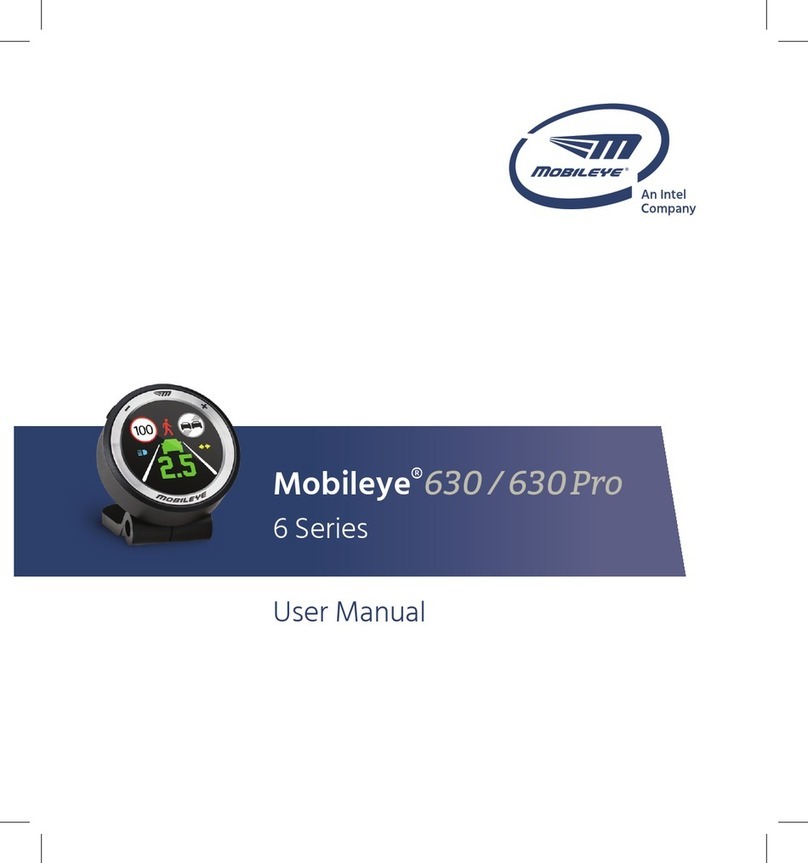1. Introduction
This document describes the test scenarios which are designed to demonstrate common
scenarios of pedestrian detection by the Mobileye Shield+ system. The demonstrations
should be performed only by a driver and a target pedestrian who are authorize so by their
organization.
All scenarios assume a pedestrian is moving at a normal walking pace.
2. Important Safety Information
Before using the Mobileye Shield+ v2.0, please read the following safety instructions and
warnings carefully.
The test scenarios are dangerous to perform. Please make sure you fully understand the
different alerts of the Mobileye Shield+ and use caution when performing the scenarios. All
demonstrations should be performed by a driver and a target pedestrian who are authorize
so by their organization.
The Mobileye Shield+ is a driver assistance system which is intended to alert drivers of
certain potentially dangerous situations. The Mobileye Shield+ is designed to reduce, but
not eliminate, certain risks of loss. It does not replace any functions drivers would ordinarily
perform in operating a motor vehicle, nor does it decrease the need for drivers to stay
vigilant and alert in all operating conditions, to conform to all safe operating standards and
practices, and to obey all traffic rules and regulations.
The Mobileye Shield+ detects vehicles, pedestrians and cyclists in daylight only, however
weather, sidewalk obstructions, bus shelters and other field conditions can adversely affect
the Mobileye Shield+ system’s recognition and response capabilities. it cannot and does not
guarantee 100% accuracy in the detection of pedestrians, cyclists, vehicles or operating
lanes, nor in providing warnings of all potential road hazards. accordingly, drivers should not
rely on the Mobileye Shield+ to assure their operating safety, but rather should continue to
rely on safe operating practices.
The Mobileye Shield+ is not an automated operating system and it does not act as a
substitute for any aspect of driver vehicle control or safe operating practices. Drivers are
strongly cautioned not to rely on the Mobileye Shield+ as a replacement, to even the
slightest degree, for exercising all due caution in assuring that they are operating safely and
avoiding accidents.
Drivers should exercise caution in using the Mobileye Shield+ display units and always
maintain full concentration on the road at all times, including while looking at the Mobileye
Shield+ displays.


























